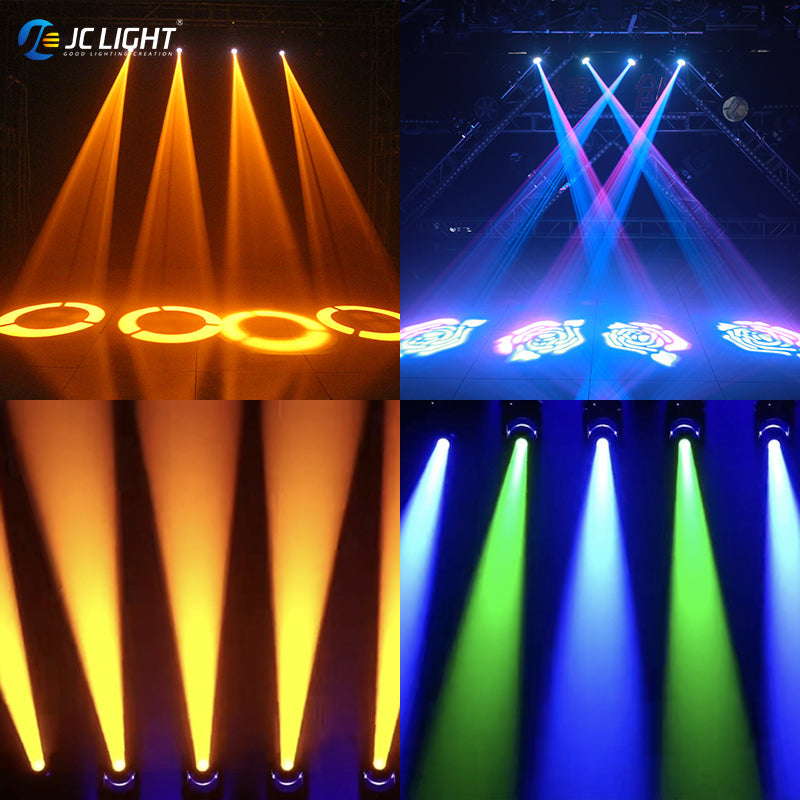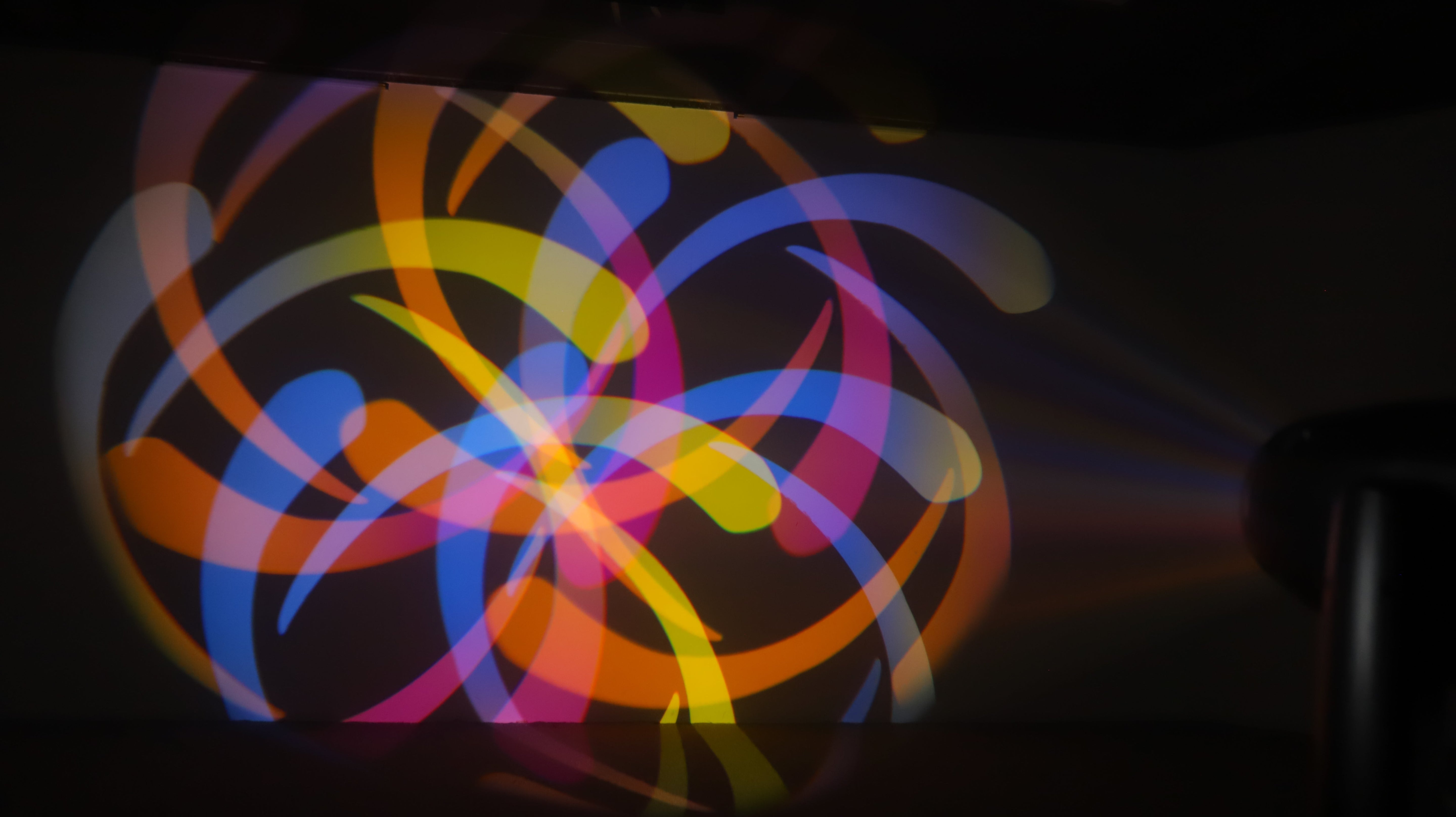Harnessing the Power of Beam Light: Applications and Innovations
Beam light, a term often associated with high-intensity, focused light sources, has been a subject of fascination and innovation for scientists, engineers, and researchers alike. This professional blog post delves into the various applications and recent advancements in the field of beam light technology, exploring how it is transforming industries and opening up new possibilities.
Introduction to Beam Light
Beam light refers to a concentrated stream of light that can be manipulated and directed. It is characterized by its high brightness, coherence, and directionality. The technology behind beam light has evolved significantly over the years, with applications ranging from simple laser pointers to complex medical procedures and industrial processes. Understanding the properties of beam light is crucial to appreciating its potential and current uses.
Applications of Beam Light
1. Industrial Manufacturing
In the realm of manufacturing, beam light technology is employed in various processes such as cutting, welding, and marking materials. Laser cutting, for instance, is a non-contact process that uses a high-powered beam light to cut through materials with precision and speed. This method is particularly advantageous in industries like automotive and aerospace, where accuracy and efficiency are paramount.
2. Medical Applications
Beam light, particularly in the form of lasers, has revolutionized medical procedures. It is used in surgeries to make precise incisions, in dermatology for treatments like tattoo removal and hair removal, and in ophthalmology for corrective eye surgeries. The precision and control offered by beam light reduce patient recovery time and improve surgical outcomes.
3. Communication and Data Transfer
Optical fiber communication relies on beam light to transmit data over long distances with minimal loss. The high bandwidth and speed of light-based communication make it ideal for internet and telephone services. Innovations in this field continue to push the boundaries of data transfer capabilities, enabling faster and more reliable global communication.
4. Entertainment and Display Technology
Beam light is also integral to the entertainment industry, with applications in舞台灯光、电影投影和激光表演。Laser projectors offer vibrant colors and high contrast, enhancing the visual experience for audiences. Moreover, laser light shows have become a popular form of entertainment, providing dynamic and engaging visual performances.
Innovations in Beam Light Technology
1. Solid-State Lasers
Solid-state lasers are a significant innovation in beam light technology. These lasers use a solid gain medium, such as a crystal or glass doped with rare-earth elements, to produce coherent light. They are more compact, efficient, and reliable than traditional gas or chemical lasers, making them suitable for a wide range of applications.
2. Fiber Lasers
Fiber lasers represent another major advancement. They use optical fibers doped with rare-earth elements to amplify light, resulting in a highly efficient and versatile beam light source. Fiber lasers are known for their excellent beam quality, high power, and ability to be scaled up for industrial applications.
3. Ultrafast Lasers
Ultrafast lasers produce extremely short pulses of light, on the order of femtoseconds or picoseconds. These lasers are used in precision micromachining, where the short pulse duration allows for minimal heat-affected zones and precise material processing. They are also employed in scientific research to study ultrafast phenomena in physics and chemistry.
4. Quantum Dot Lasers
Quantum dot lasers are a new class of lasers that use quantum dots—nanoscale semiconductor particles—to emit light. These lasers offer the potential for tunable wavelengths, high efficiency, and compact designs. They are expected to play a significant role in future optical communication systems and sensing technologies.
Challenges and Future Prospects
While beam light technology has come a long way, there are still challenges to overcome. Issues such as heat management, beam divergence, and eye safety are areas of ongoing research. As technology progresses, we can expect to see more efficient, powerful, and versatile beam light sources.
The future of beam light technology is bright, with potential applications in areas such as space travel, where laser propulsion could enable faster interstellar travel, and in energy production, where concentrated solar power using beam light could become a viable alternative to traditional solar panels.
Conclusion
Beam light technology has




Hinterlasse einen Kommentar
Diese Website ist durch hCaptcha geschützt und es gelten die allgemeinen Geschäftsbedingungen und Datenschutzbestimmungen von hCaptcha.